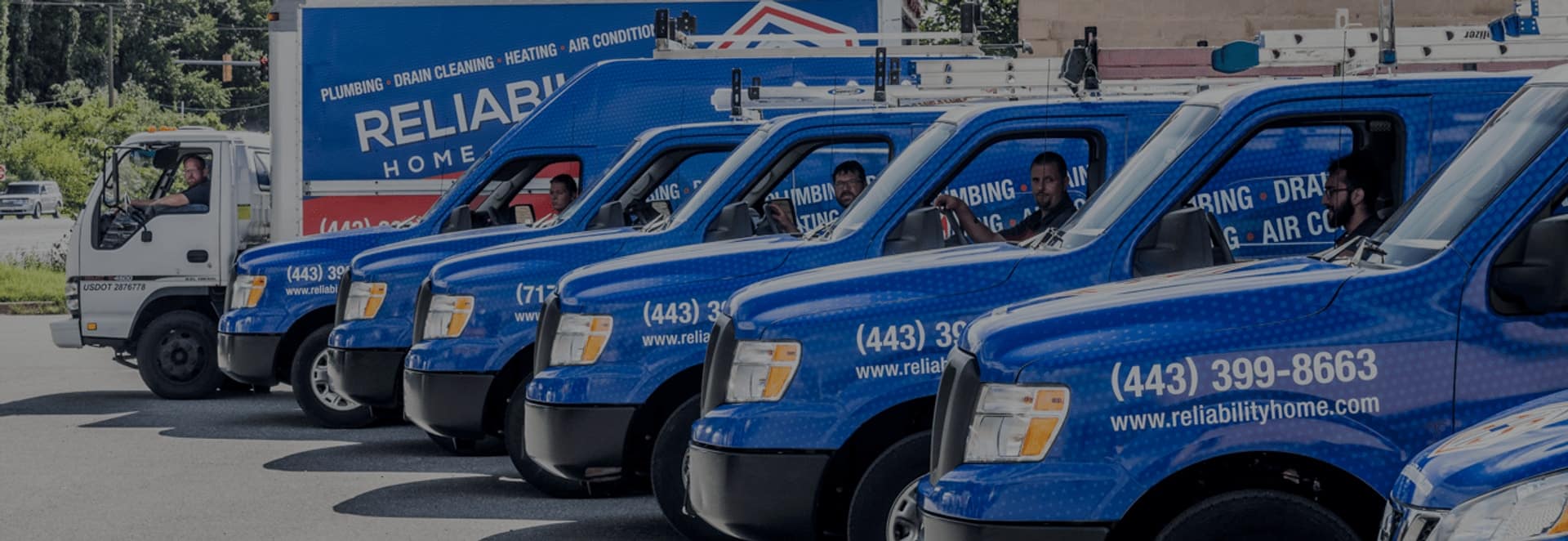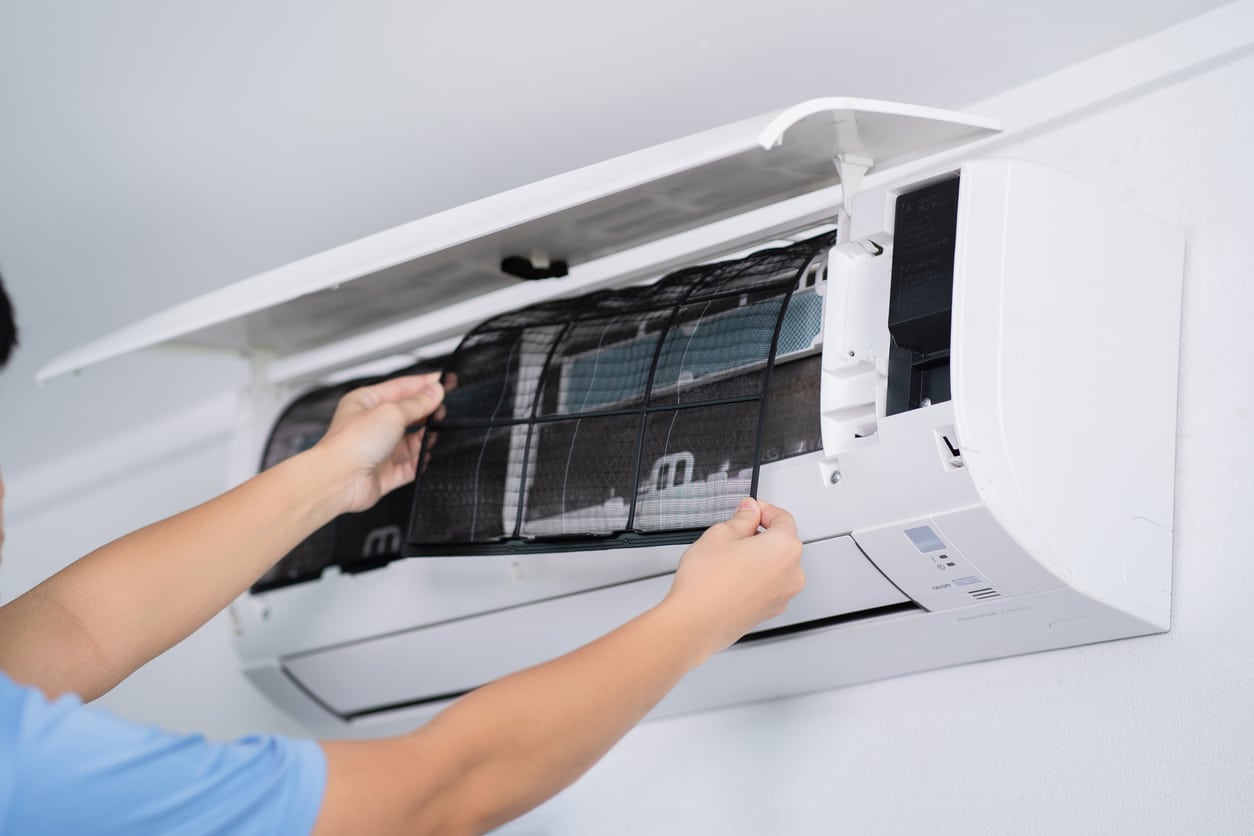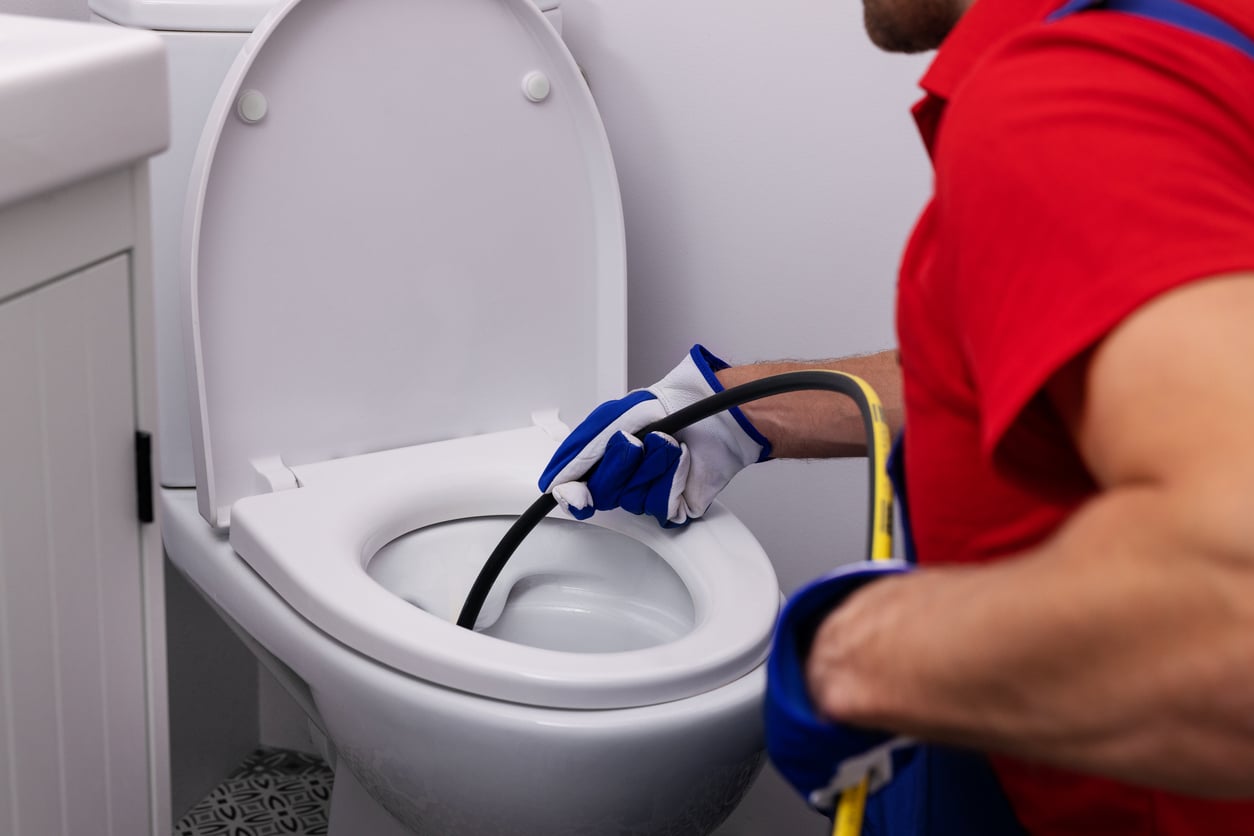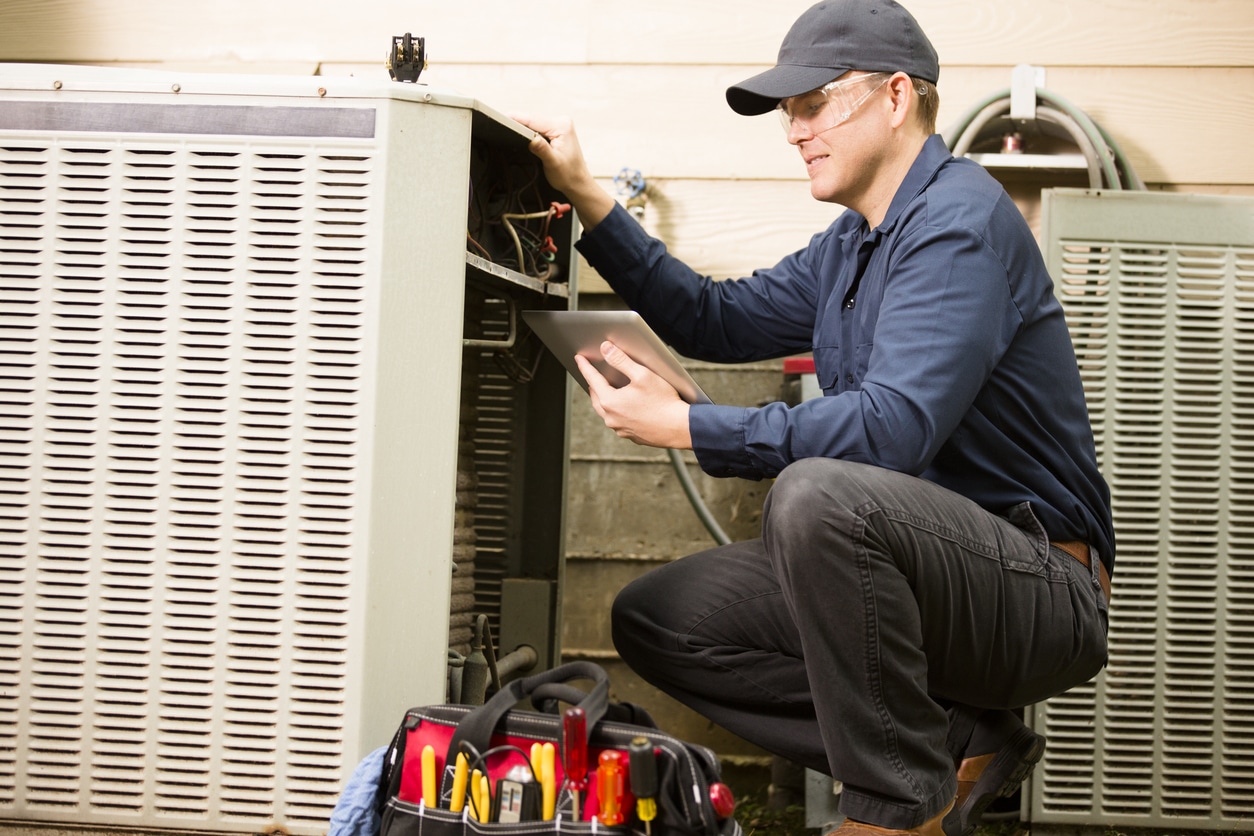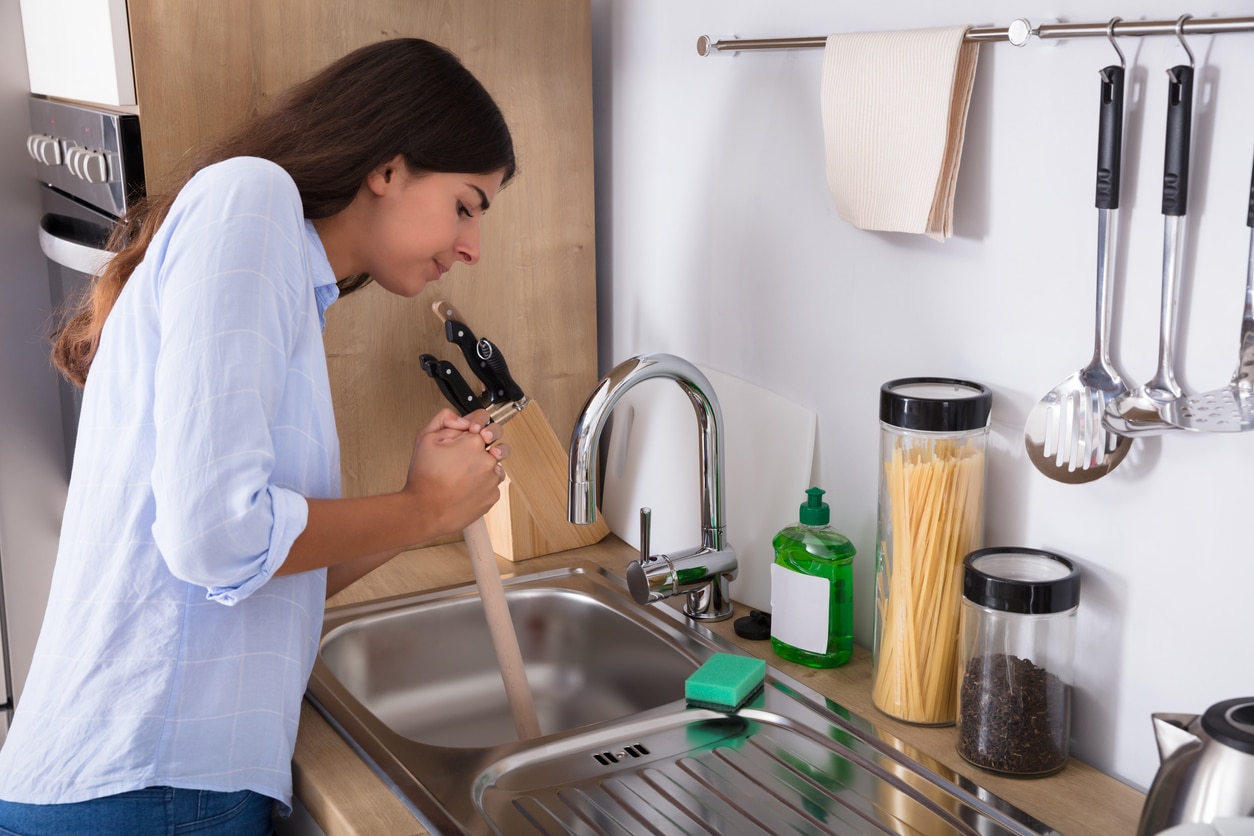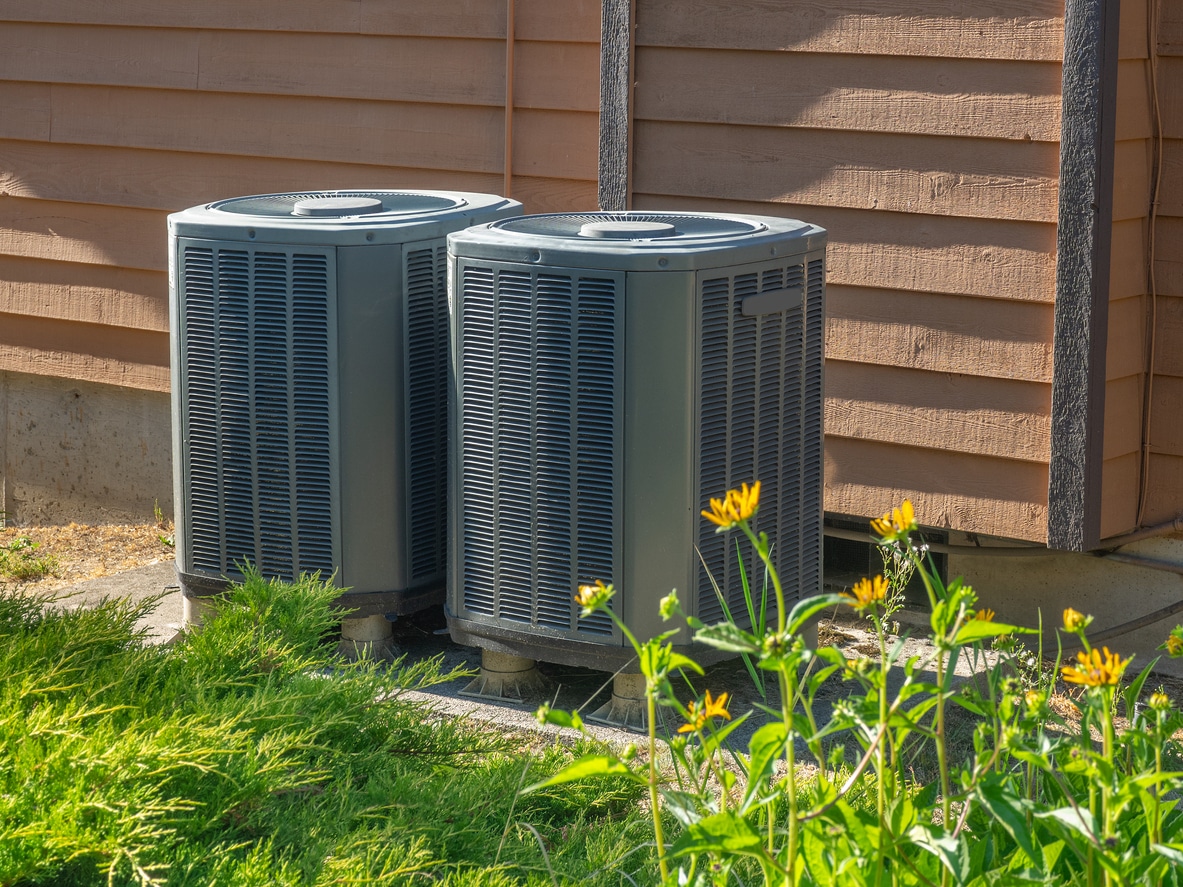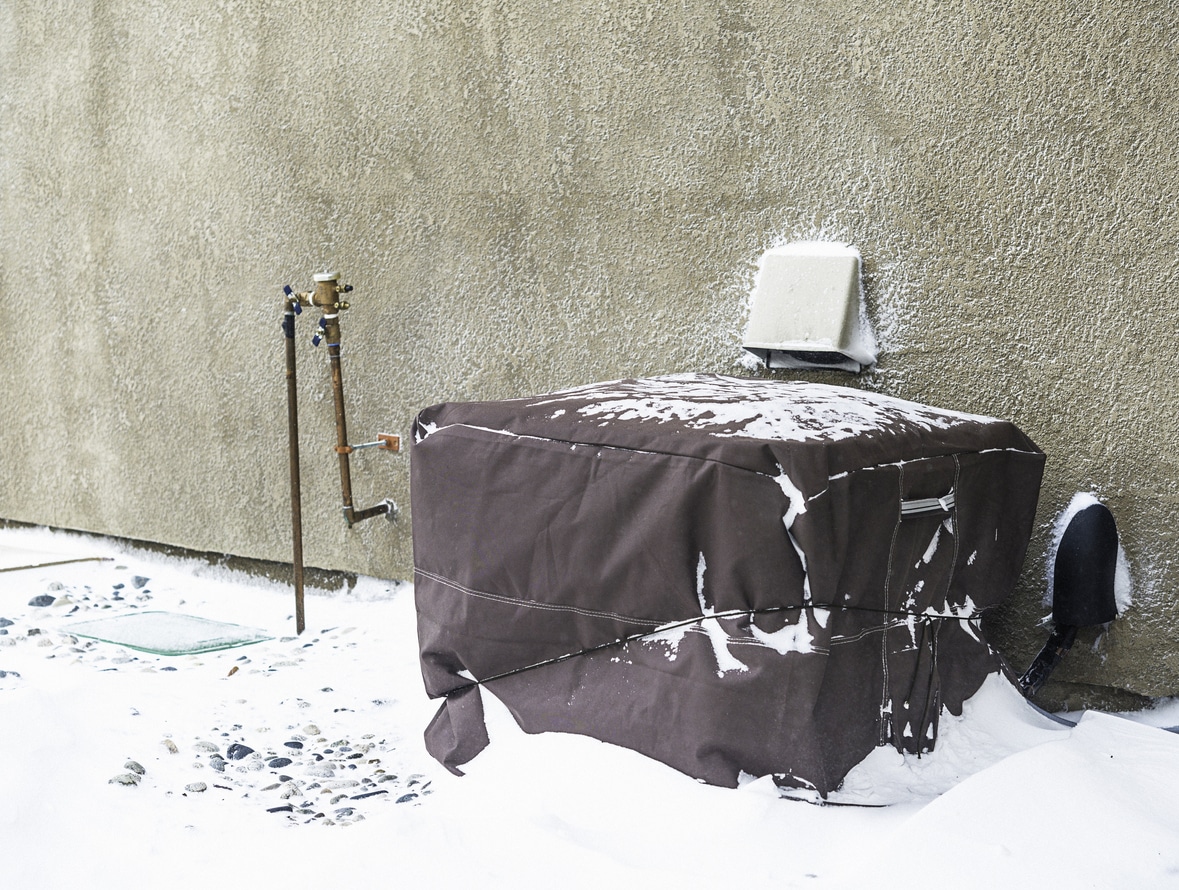Those of us lucky enough to experience each distinct season are witness to some of the most incredible views. Driving down a long stretch of a tree-lined road with soft yellows giving way to bright reds is an experience not shared by everyone. And once we’re in the depth of winter, we’re lucky enough to wake up to the sun glistening off fresh snow in the morning. The best way to enjoy the sights of winter are from cozy, warm homes; so, what’s the ideal temperature to set on our thermometers at home?
What’s The Ideal Temperature For Your Home?
Most people think of this question when they’re getting ready for the coldest months of the year, but it isn’t easy to give one cut and dry answer for everyone. For us here in Maryland, cold winters are a norm, so keeping our thermostats at a certain temperature depends on our needs. Generally speaking, for maximum financial efficiency you’ll want to keep in the mid 70’s when you’re at home during the day, and in the 60’s when you’re sleeping or out of the house. Ideally, the exact temperature would be 72 during the day, and 62 at night. This helps you maintain peak efficiency without spending too much energy.What’s The Best Thermostat For Your Home?
If you’re shopping for a thermostat, you’re going to want to invest in the best one possible for your home and needs. Some of the most common units that a homeowner can choose between include the following:- Manual Thermostats: These are the most common thermostats you can find. They’re usually found in older homes, and tend to have simple controls. They can’t be programmed, so you’ll have to be diligent about temperature settings in order to get energy savings.
- Programmable Thermostats: These thermostats allow for great energy savings – approximately 30 percent on heating and 15 to 20 percent on cooling. You can set the temperature to adjust throughout the day, and you can set seasonal transitions on more advanced units. These systems also have easy-to-use digital interfaces.
- Smart Thermostats: These thermostats carry the programmability of the programmable thermostats but with even more convenience. You can do everything from setting temperature changes on a daily or weekly basis to setting the seasonal transitions – and all from your phone. Another major benefit is that they’re also, even more, energy efficient, meaning you’ll get greater savings.


